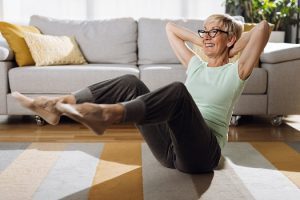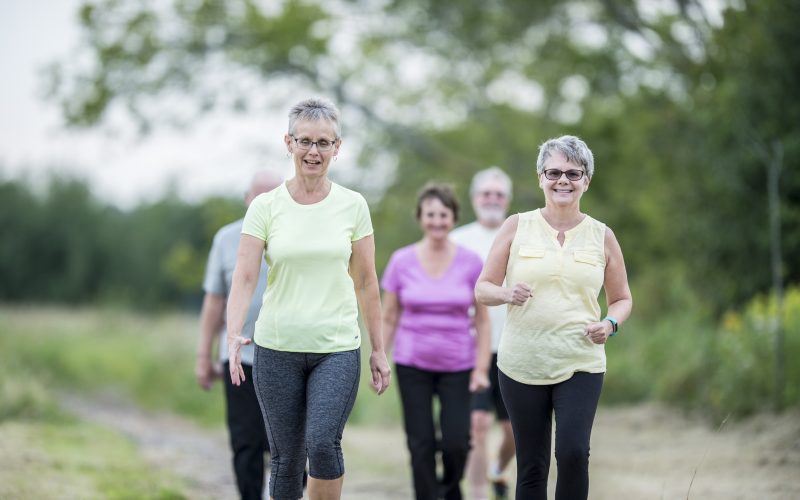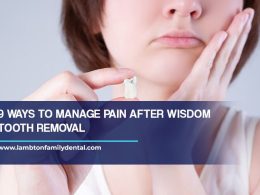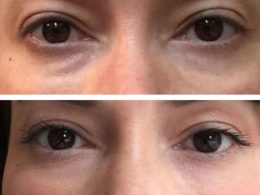Introduction
As women age, the risk of falls increases, posing significant health concerns. Falls not only lead to injuries but can also result in a loss of independence and decreased quality of life. However, incorporating regular exercise, such as brisk walks and other targeted workouts, can significantly reduce the risk of falls in older women.
Understanding Falls in Older Women
Statistics on Falls
Falls are a leading cause of injury and mortality among older adults, with women being more susceptible than men. According to the Centers for Disease Control and Prevention (CDC), one in four older adults experiences a fall each year, and women are more likely to suffer fall-related injuries.
Risk Factors for Falls
Several factors contribute to the increased risk of falls in older women, including age-related muscle weakness, balance problems, chronic health conditions, medication side effects, and environmental hazards.
Consequences of Falls
Falls can result in fractures, head injuries, and other serious consequences, leading to hospitalization and long-term disability. Fear of falling can also impact mental well-being and decrease physical activity levels, further exacerbating the risk of falls.
The Role of Exercise in Fall Prevention
Regular exercise plays a crucial role in maintaining strength, balance, and flexibility, which are essential for preventing falls in older adults. Engaging in physical activity also improves cardiovascular health, reduces stress, and enhances overall well-being.
Benefits of Exercise for Older Adults
Exercise helps older adults maintain muscle mass, bone density, and joint flexibility, reducing the risk of injuries from falls. It also promotes cognitive function, mood regulation, and social interaction, contributing to a higher quality of life.
Types of Exercises Recommended
A well-rounded exercise routine for fall prevention includes aerobic activities, strength training, balance exercises, and flexibility workouts. Brisk walking, in particular, offers numerous benefits and is accessible to people of all fitness levels.

Regular Brisk Walks: A Simple Solution
Definition of Brisk Walking
Brisk walking involves walking at a pace that elevates the heart rate and causes slight breathlessness. It is a low-impact activity that can be easily incorporated into daily routines, making it an ideal exercise for older women.
Benefits of Brisk Walking for Older Women
Brisk walking improves cardiovascular health, strengthens muscles, and enhances balance and coordination, reducing the risk of falls. It also boosts mood, relieves stress, and promotes better sleep, contributing to overall well-being.
Tips for Incorporating Brisk Walks into Daily Routine
Older women can start with short walks and gradually increase duration and intensity. Choosing safe walking routes, wearing supportive footwear, and staying hydrated are essential for a successful walking routine.
Other Exercises for Fall Prevention
Strength Training
Strength training exercises, such as lifting weights or using resistance bands, help build muscle mass and improve overall strength, reducing the risk of falls and injuries.
Balance Exercises
Balance exercises, such as standing on one leg or practicing yoga poses, enhance stability and coordination, reducing the likelihood of falls in older women.
Flexibility Exercises
Flexibility exercises, such as stretching or tai chi, improve joint mobility and range of motion, making movements easier and reducing the risk of falls.

Creating a Safe Exercise Plan
Consulting with a Healthcare Professional
Before starting any exercise program, older women should consult with their healthcare provider to assess their fitness level and address any underlying health concerns.
Starting Slowly and Gradually Increasing Intensity
It’s essential to start with low-impact exercises and gradually progress to more challenging activities to avoid injury and build endurance over time.
Listening to Your Body
Older women should pay attention to how their body responds to exercise and adjust their routine accordingly. Resting when needed and avoiding overexertion are crucial for preventing fatigue and injury.
Additional Strategies for Fall Prevention
Home Safety Modifications
Making simple modifications to the home environment, such as removing tripping hazards and installing grab bars and handrails, can significantly reduce the risk of falls.
Medication Management
Older women should review their medications with a healthcare provider to identify any potential side effects or interactions that could increase fall risk.
Regular Vision Check-ups
Maintaining good vision health is crucial for preventing falls, as poor eyesight can impair balance and coordination. Older women should have regular eye exams and address any vision problems promptly.

Overcoming Barriers to Exercise
Addressing Common Concerns
Older women may have concerns about their ability to exercise safely or fear of injury. Educating them about the benefits of exercise and providing support and encouragement can help alleviate these concerns. Explore more about health
Finding Motivation
Staying motivated to exercise regularly can be challenging, but setting realistic goals, finding enjoyable activities, and enlisting support from friends or family members can help maintain motivation.
Overcoming Physical Limitations
Older women with physical limitations or chronic health conditions may need to modify their exercise routine or explore alternative activities that are safe and suitable for their needs.
Conclusion
Incorporating regular brisk walks and other exercises into the daily routine can significantly reduce the risk of falls in older women. By improving strength, balance, and flexibility, exercise not only enhances physical health but also promotes overall well-being and independence.












